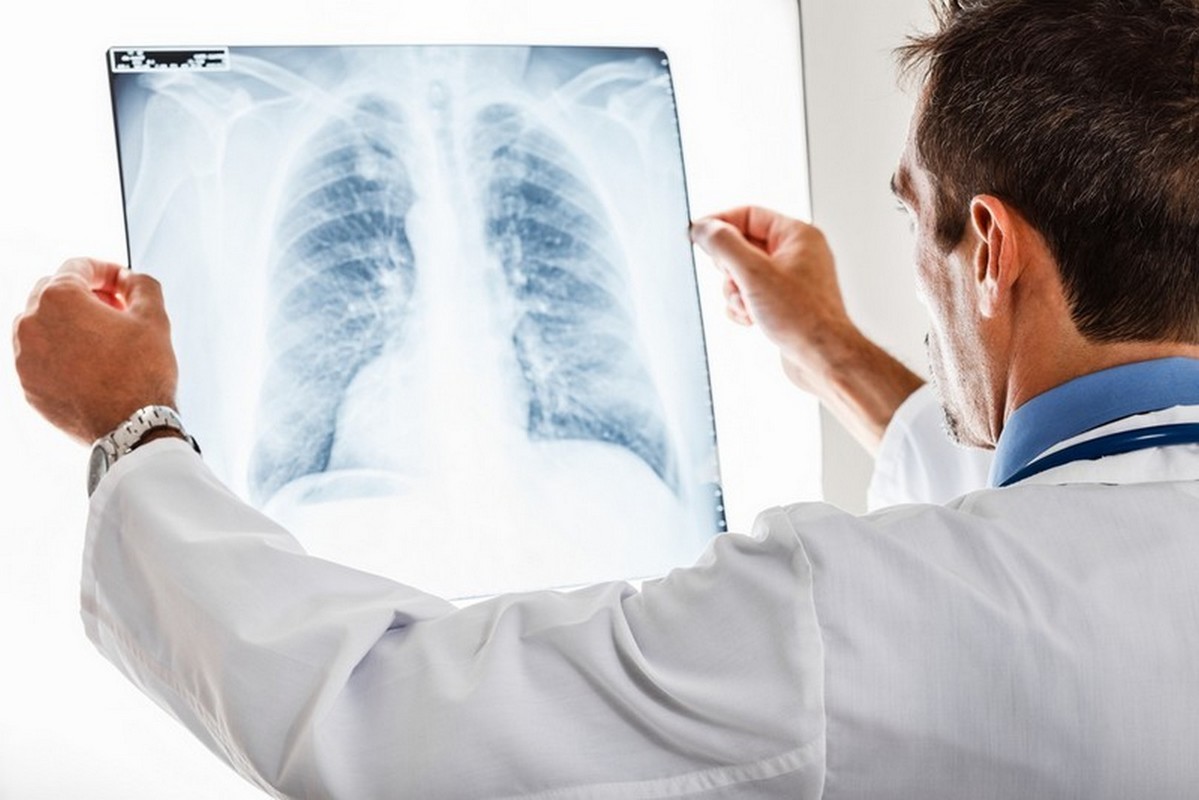7.6 Respiratory diseases
Allergies are the most common respiratory diseases. Most commonly, people are allergic to grasses, deciduous trees such as birch or alder, or domestic animals. Allergies cause a variety of symptoms such as redness of the eyes, itching of the nose and sneezing, but also swelling of the airways.
When the airways of the body swell, one feels a distressing, perhaps even suffocating feeling in their lungs. Medicines can be used to reduce the swelling of the mucous membranes, making breathing easier.
 Lung health can be studied with X-rays. Smoking is the leading cause of lung disease.
Lung health can be studied with X-rays. Smoking is the leading cause of lung disease.
Asthma is a chronic or long-term condition that intermittently inflames and narrows the lung's airways. The inflammation makes the airways swell. Asthma causes periods of wheezing, chest tightness, shortness of breath and coughing. Cortisone spray can be used to release muscle tension and open the airways. With the help of long-term medicines, the inflammation of the lungs is removed and the swelling of the mucous membranes is reduced.
In COPD (Chronic obstructive pulmonary disease), the tissue around the bronchi breaks down, causing a reduction in the bronchial diameter. Mucus production also increases, which results in an irritating cough. This also reduces the amount of inhaled air, causing a feeling of suffocation. The symptoms of COPD can be treated similarly to those of asthma. Stenosis most often occurs with prolonged exposure to tobacco or dust.
The Coronavirus disease of 2019 and 2020 (COVID-19) is an infectious disease caused by a severe acute respiratory syndrome virus.